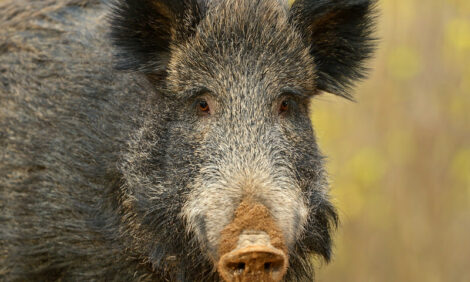



University of Manitoba Plans Study to Assess Benefits of Pearling to Control Fusarium
CANADA - Farm-Scape: Episode 1262. Farm-Scape is a Wonderworks Canada production and is distributed courtesy of Manitoba Pork Council and Sask Pork.  Farm-Scape is sponsored by
Manitoba Pork Council and Sask Pork  Play Audio Play AudioFarm-Scape is a Wonderworks Canada production and is distributed courtesy of Manitoba Pork Council and Sask Pork. |
Farm-Scape, Episode 1262
A study being planned by the University of Manitoba will measure the benefits of using pearling to eliminate fusarium from barley that will be used in swine rations.Pearling is an abrasive dehulling process used to remove the outer portion of cereal grains. Laboratory studies conducted at the University last year showed, by removing 15 percent of the outer portion of the grain kernel, 70 percent of the DON or vomitoxin was eliminated.
Dr. Jim House says the next step is to set up a commercial scale pearling unit that will produce enough feed to test the method on a larger scale.
"What we're going to be looking at is the efficiency of the large scale pearling process for removing DON.
We're also assessing the economics of the process to determine whether or not it's cost effective.
We're going to be looking at how much of the grain is removed, how much of the vomitoxin is removed and also look at the resultant nutrient profile of the pearled grains.
Simply by removing the hulls, we're removing a substantial portion of the fibre fraction of barley so we actually increase the digestible energy content of the grain and should also increase the digestibility.
One of the things that we need to do is test this in the pig and in order to do that we need larger amounts of barley.
Through this commercial process we'll generate the volumes of the pearled barley that we'll need to do these studies".
Dr. House says the first step will be to characterize the commercial process by determining its efficiency in removing vomitoxin from barley.
He says, once that process is characterized, samples with varying levels of contamination will be pearled for use in feeding trials to reveal the impact of decontamination on the feeding value of the grain for pigs.
The intent is to be ready to process this years crop and first results are expected in early 2004.
For Farmscape.Ca, I'm Bruce Cochrane.








